- Home
- Products
- About Us
- Company
- Service
- Solution
- Contact Us
- Home
- Products
- Skin Effect Heat Tracing System
- Skin Effect Heat Tracing System
Quantity
-
+
Skin Effect Heat Tracing System
Brief Introduction:
Pipe skin effect electric heating (heating) technology is a new metal pipe heating method that has appeared in recent years. It is a new technology for heating and insulation of heat transportation pipelines in large petrochemical and other enterprises. "SETS" stands for "SKIN EFECT TRACING SYSTEM" "The abbreviation of "Skin-Effect Tracing System" is translated as "Skin Effect Heating". It is also referred to as SETS method abroad. This heating technology has high efficiency and is suitable for heating and tracing of all long, medium and short distance metal infusion pipelines. It also has the advantages of safety, reliability, long service life, easy installation and maintenance, etc., so it is widely used in pipe heating for various liquid substances of different properties.
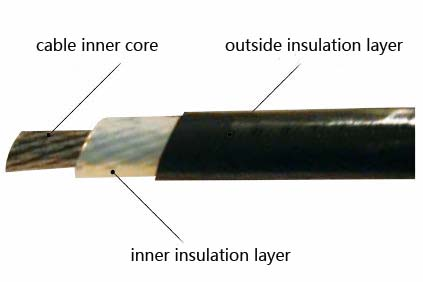
Normal Type

High Pressure Type
Principle:
The principle of SETS is based on the "skin effect" and "proximity effect" of alternating current. Since steel pipes have extremely strong magnetic permeability, significant skin effects will occur even under power frequency voltage. The so-called skin effect is a phenomenon that occurs when an alternating current passes through a carbon steel conductor and the current gradually approaches the surface of the conductor, while the proximity effect is an electromagnetic phenomenon between a pair of electrical bodies carrying opposite equal currents. In the heating tube When a current passes between the cable and the heat pipe, the current on the heating pipe gradually flows to the inner wall of the heating pipe, and it is the Joule heat generated by this thin inner wall that meets the need for heat tracing. The Joule heat generated by the skin effect electric heating system mainly comes from three parts:

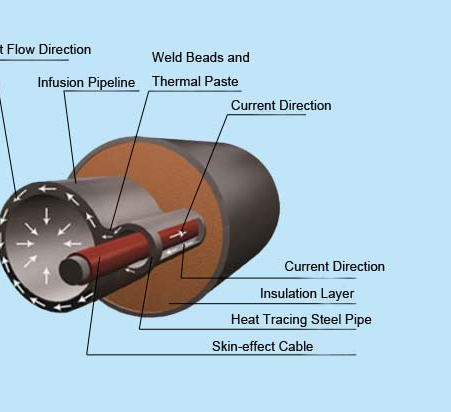
1). When the skin cable is energized, the heat emitted from the carbon steel pipe is the main heat source of the skin electric heating system.
2). The heat generated by the cables inside the carbon steel pipe.
3). Hysteresis loss in the carbon steel pipe generates some heat.
In a skin effect device, an insulated wire (SETS wire) passes through a highly magnetic steel pipe and is connected to the tail end of the steel pipe. The first end of the steel pipe and the insulated wire are connected to the power supply respectively. The neutral line and phase line are applied with industrial frequency or medium frequency AC voltage, and the current forms a loop through the wire and steel pipe to generate Joule heat. Due to the certain relationship between the size, material and AC frequency of the steel pipe, the AC does not flow uniformly through the steel pipe. Cross-section, but concentrated flow within a certain depth from its inner surface, the current density decreases exponentially, and the voltage and current on the outer surface of the steel pipe are almost zero, which is very safe. Therefore, the SECT pipe can be welded directly to the conveyor pipe. making it an efficient heat source.The heat generated by the SETS pipe is quickly transferred to the delivery pipe through the welding seam and thermal conductive cement, playing a heat tracing role. wire) passes through a steel pipe with strong magnetism and is connected to the end of the steel pipe. The head end of the steel pipe and the insulated wire are connected to the neutral line and phase line of the power supply respectively. Power frequency or medium frequency AC voltage is applied, and the current forms a loop through the wire and steel pipe. Produces Joule heat. Due to the certain relationship between the size, material, and alternating current frequency of the steel pipe, the alternating current does not flow uniformly through the steel pipe cross-section, but flows concentratedly within a certain depth from its inner surface. The current density decreases exponentially. In the steel pipe The voltage and current on the outer surface are almost zero, which is very safe. The SECT tube can therefore be welded directly to the delivery pipe, making it an efficient heat source. The heat generated by the SECT pipe is quickly transferred to the delivery pipe through the welding seam and thermal conductive cement, playing a heat tracing role.
Technical Future:
1. Strong adaptability
It is suitable for heat tracing and heating of all long, medium and short distance metal infusion pipelines. It is suitable for different laying methods of pipelines and in any place; such as: direct underground burial, underwater, and overhead ground; suitable for outdoor or mines, factories, flammable Explosive places.
2. Wide range of applications
1) Suitable for medium that is solidified at room temperature and transported by heated liquid;
2) Suitable for pipeline transportation of substances with high viscosity at normal temperature and difficult to flow, but easy to flow after heating, such as heavy oil, high condensation oil, heavy fuel oil, wax, etc.;
3) Suitable for pipelines that require isothermal heat tracing, such as medium transportation where the pipeline distance is long and the start-up and delivery temperature is not easy to be too high;
4) Suitable for intermittent transportation of high freezing point or viscous media.
3. Product features
1) High power density and high heating temperature;
2) The skin effect heating system can effectively maintain the temperature up to 230°, and the maximum heat generation of a single rod is 150W/m;
3) Save energy and have high heating efficiency;
4) Power frequency skin effect heating is an isothermal heating method, which will not cause local overheating and has high heating efficiency. Just increase the heating voltage as the pipeline distance is lengthened. Compared with steam tracing, skin effect heating consumes 231kg/km of standard coal, while thermal cycle or steam tracing consumes 1813kg/km.
4. Safe and reliable
Skin heating uses special cables. Since the skin effect system itself forms an insulating structure, the outer surface of the heating pipe and the infusion pipe are not electrified. The infusion pipe is safely grounded every kilometer or so, and the grounding resistance is not greater than 4Ω to ensure that the infusion pipe is always It is zero potential, making it safe and reliable
5. Automated control
Realize perfect temperature control functions: digital temperature closed loop, short circuit protection function, over-current protection function, circuit break protection function;
Soft shutdown and soft start: minimize the impact on the device and extend the service life of the device;
Flexible operation mode: digital/LCD display to facilitate human-machine dialogue;
Network design: realize remote wireless alarm and remote wireless control;
6. Achieve segmented prefabrication and convenient maintenance
The heat tracing pipe can be prefabricated in the factory or segmented on-site according to the process or the structure of the pipeline section. The joints are connected by welding casing and welded and installed together with the oil pipeline. Adding an insulation layer and protective shell on the outside not only facilitates construction, but also ensures the quality of the project. If the process pipe section fails or a valve needs to be replaced, just disassemble the joints at both ends of the part that needs to be replaced and pull out the heating cable to replace the component. There is no need to completely dismantle the insulation and pipe fittings.
Schematic diagram of skin heating:
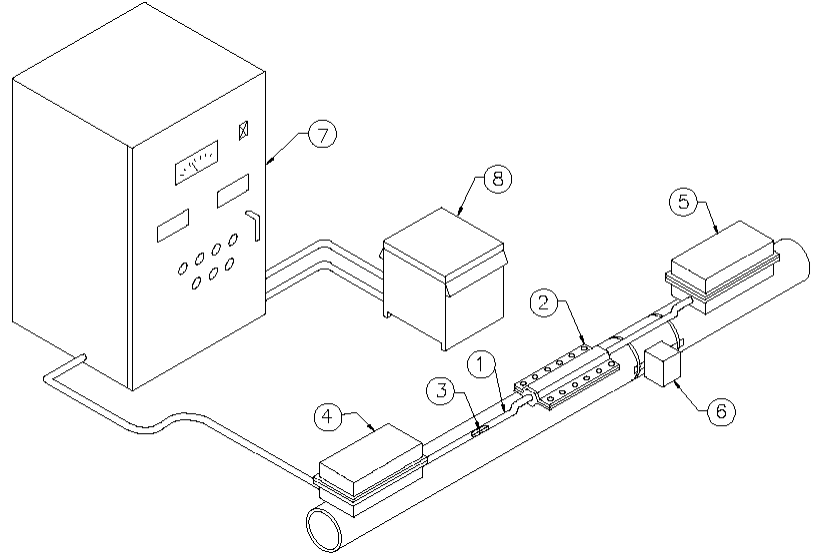
①Heat Tracing Steel Pipe; ②Middle Junction Box; ③Skin-effect Cable; ④Power Junction Box; ⑤Terminal Junction Box; ⑥Temperature Sensor; ⑦Control Cabinet; ⑧Special Transformer
Specification & Performance:
| No. | Item | Silane Cross-linking(Temp.Resist Grade 126℃) | FEP Fluoroplastic(Temp. Resist Grade 205℃) | PFA High Temp.Fluoroplastic (Temp.Resist Grade 260℃) | Armoured Skin-effect(Temp.Resist Grade 600℃) |
| 1 | Cable Model | JFHCL1-J2 | JFHCL1-J3 | JFHCL1-J4 | JFHCL1-J5 |
| 2 | Nominal cross-sectional area(mm²) | 5-50 | 5-50 | 5-50 | 10-40 |
| 3 | Insulated jacket(layer) | 2-5 | 2-5 | 2-5 | 1 |
| 4 | Power supply voltage | 220-35000V | 220-35000V | 220-35000V | 380-35000V |
| 5 | Rated voltage(V) | 0.3V-6kV | 0.3V-6kV | 0.3V-6kV | 0.3V-2.5kV |
| 6 | Work frequency(Hz) | 50-4000 | 50-4000 | 50-4000 | 50-4000 |
| 7 | The insulation resistance at 20℃ is not less than(MΩ) | 2500 | 2500 | 2500 | 2500 |
| 8 | Breakdown test(kV) | 25 | 25 | 25 | 7.5 |
| 9 | Work temperature(℃) | -40-110℃ | -40-180℃ | -40-230℃ | 0-500℃ |
| 10 | Overall breaking force is not less than(N) | 20000 | 20000 | 20000 | 50000 |
| 11 | Minimum bending radius mm | 260 | 260 | 260 | 00 |
| 12 | Heating power(w/m) | 10-270 | 10-270 | 10-270 | 10-90 |
Contrast with other heat tracing system:
| No. | Future | Skin-effect Heat Tracing | Electric Heat Tracing | Steam Heat Tracing |
| 1 | Heating Trace Distance | Long | Short | Short (Low Terminal Temperature) |
| 2 | Power Supply Point | Few | More | No need |
| 3 | Heating Tracing Power | Big | Small | Small |
| 4 | Heat Tracing Effect | good | good | common |
| 5 | Heat Tracing Pipe Laying | Weld or Bundle | Bundle | Bundle |
| 6 | Automatic Control | Convenient | Convenient | Cannot realize |
| 7 | Repair | Convenient | Convenient | Difficult |
| 8 | Local Heating | Common | Good | Good |
| 9 | Safety&Reliability | Good | Good | Good |
| 10 | Construction Cost | Higher | Higher | Lower |
| 11 | Running Cost | Low | Low | High |
| 12 | Repair Cost | Low | Low | Low |
| 13 | Manage | Convenient | Convenient | Not Convenient |
| 14 | Service Lift | 20-30 Year | 5-15 Year | 2-3 Year |
| 15 | Underground Pipeline | Suitable | Suitable | Not Suitable |
As can be seen from the table, the heating distance of the steam tracing system is short, the terminal temperature is low, and automatic control cannot be achieved. Cable heating and electric tape heating are more suitable for local heating and short-distance heating, such as heating and tracing of valves, valve parts, bypasses, pup joints and short pipelines in stations. For medium- and long-distance pipeline heating, since a single heating cable has a small power and a large number of power supplies, once a problem occurs, maintenance is difficult, and all insulation layers need to be removed before the heating cable can be replaced. Skin effect heating has the characteristics of high safety, strong reliability, easy maintenance, high heating temperature (using carbon steel pipe heating temperature can reach 180°, the maximum can reach 200°), high power density, and long heating distance (The heat tracing distance of one power supply can reach up to 25 kilometers) and other characteristics. It is suitable for long-distance pipelines, pipelines of various diameters, and occasions with high heating temperatures. It is the safest, reliable and economical long-distance heat tracing method. Therefore, It has been widely used in various pipeline gathering and transportation.
For temperature monitoring and alarming of long-distance pipelines, data can be transmitted through GSM network and optical fiber. It has the characteristics of reliable data transmission, easy networking, low cost, and strong system scalability. It is the ideal solution for current remote data transmission.
Skin System Diagram:
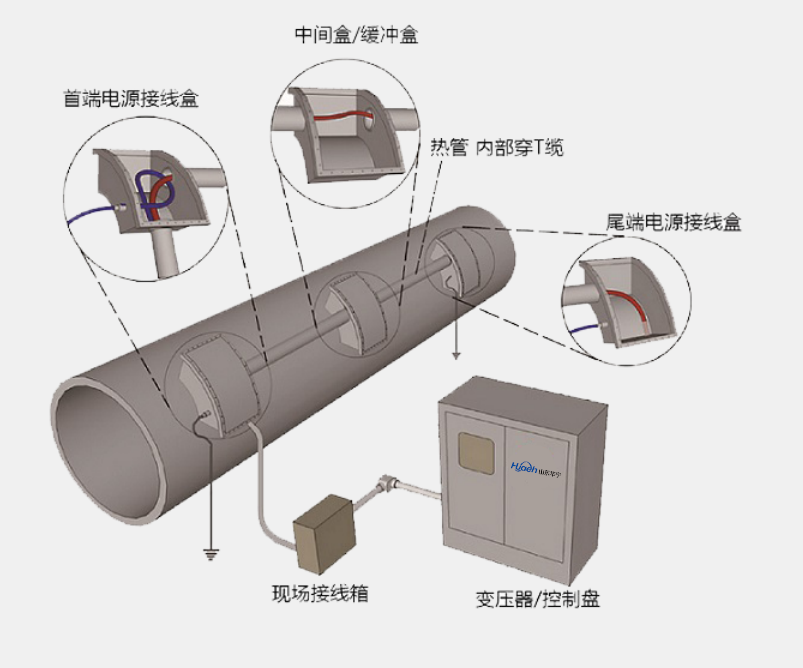
SCOTT Transformer
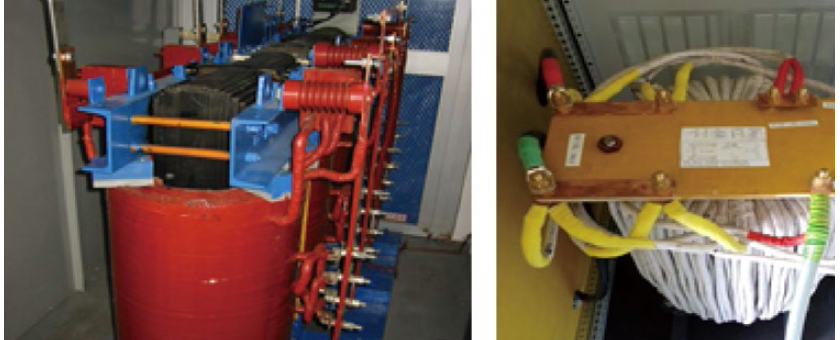
Medium Frequency Transformer
Application:
Depending on the substance of the liquid in the pipeline, the temperature required to be maintained in the pipeline is also different. Power frequency skin effect pipeline heating technology is mainly used for heating of pipelines and heating, melting or intermittent oil transportation of liquids or solidified media in pipelines. pipeline. There are two methods of skin collection inside the tube and skin collection outside the tube.
1. Oil fields and offshore platforms: production pipelines, crude oil, steam pipelines, water pipes, pulse lines, instruments, centralized station storage towers, long-distance pipelines, etc.; river bottom, lake bottom, and submarine oil pipelines.
2. Refining industry, distillation, hydrocracking, coking, wax, sulfurization, asphalt, residual oil and other production pipelines; water pipes, pulse lines or instruments, storage towers, liquid hydrocarbon storage towers.
3. Petrochemical plants, chemical plants, fertilizer plants: production lines for benzene, styrene, polyethylene, chlorine, acrylic acid, oxalic acid, ethylene glycol, phthalaldehyde, synthetic fiber, nylon, dye paint, resin, etc.; Water pipes, pulse lines or meters, storage towers, liquid hydrocarbon storage towers.
4. Nuclear power plant: heavy water pipelines, water pipes, pulse lines and instruments, storage towers, heavy water towers.
5. Oil product trading transfer station: product storage tower, long-distance pipeline, low-temperature product tower base and pipelines and water pipes related to the tower.
6. Power plant: high-pressure water supply, sewage venting, steam, degassing, high-pressure condensation, acid-base, heavy oil storage ignition oil lines and other pipelines; heavy oil pipelines, heavy oil towers, pulse lines and instruments, water pipes, long-distance pipelines, coal-water slurry transportation Pipelines, etc.
7. Steel plant: production pipelines, heavy oil, coal tar, asphalt and sulfur lines, water pipes, long-distance pipelines.
8. Cement plant: furnace or kiln heavy oil line, water pipe, pulse line or instrument, storage tower, heavy oil long-distance pipeline.
9. There are also plastic processing plants, edible oil processing plants, chocolate processing plants, water supply plants, hotels and high-rise buildings, and heavy engineering industries.
Skin heating: it can be divided into two types: skin heating outside the tube and skin heating inside the tube. Skin effect heating can be used for all types of pipeline transportation mentioned above.
It is concluded from practice that this technical solution has achieved good transportation effects and significant economic benefits.
Design description:
Since the working parameters of each type of pipeline are different and the pipeline length is not uniform, each skin heating system is designed and selected in detail by our company. The company provides a full set of services including pipeline heat tracing calculation, heat tracing system selection, heat tracing system installation, and heat tracing system debugging. Users only need to provide the following parameters, and our company will do the rest.
parameter:
※ The exact length of the pipeline, the number of valves (types) and pipe supports, and the material of the pipeline;
※ Pipe heating maintains temperature and allows the maximum surface temperature of the pipe;
※ Insulation layer material, thickness, and thermal conductivity at the required temperature for pipe heating;
※ Power supply capacity (voltage level) and location can be provided;
※ Environmental conditions where the pipeline is located;
※ Work operation requirements;
※ The medium in the pipe, the temperature of the medium entering the pipe, whether the pipeline needs to be traced or heated, and whether it needs a decondensation function.
Install Case:
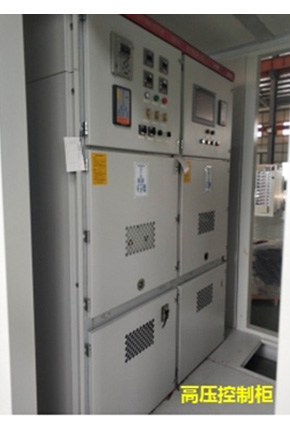
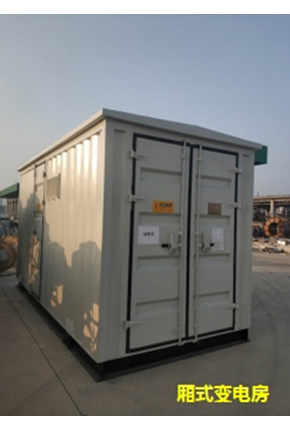
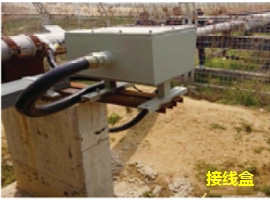
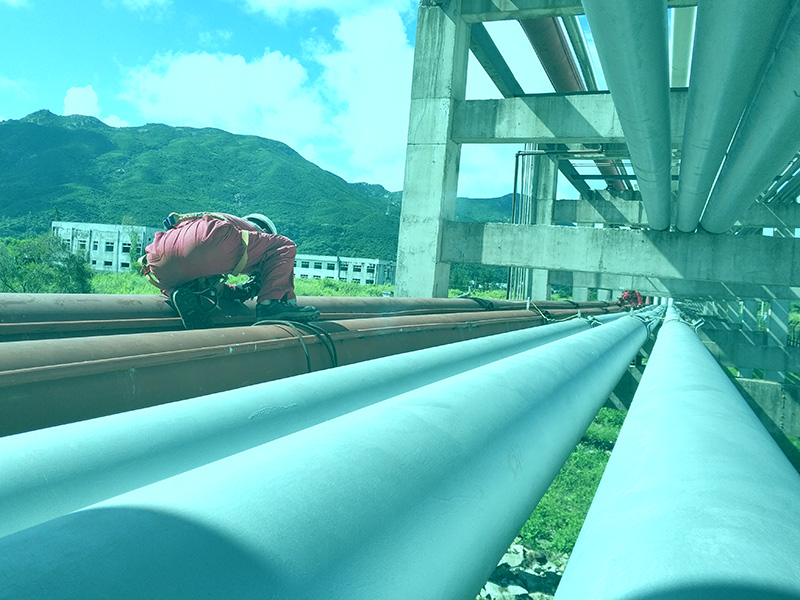
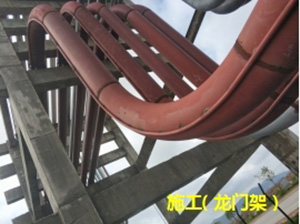

 English
English Español
Español Français
Français Русский
Русский العربية
العربية

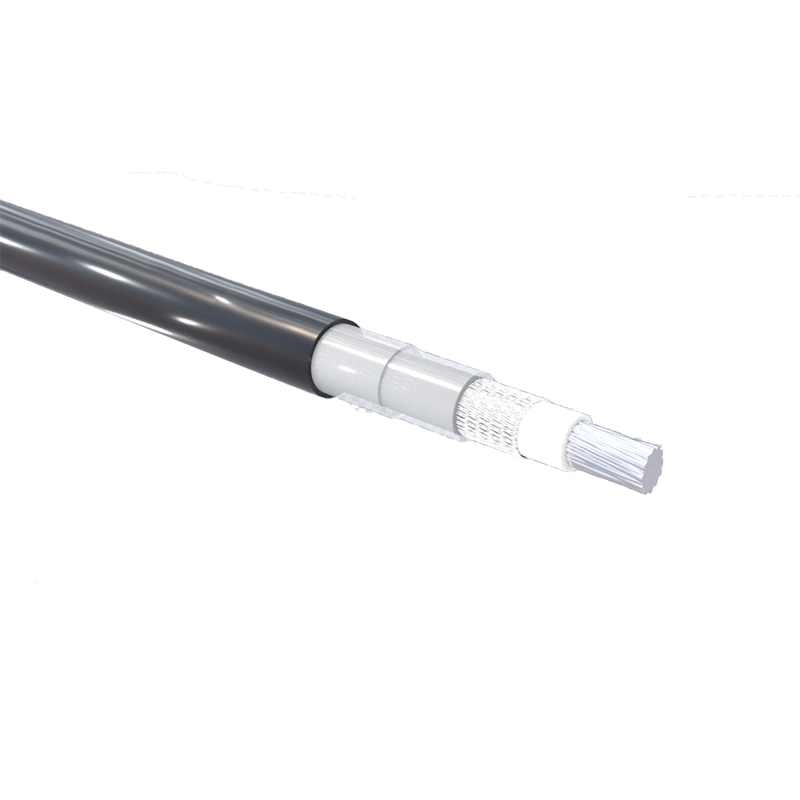
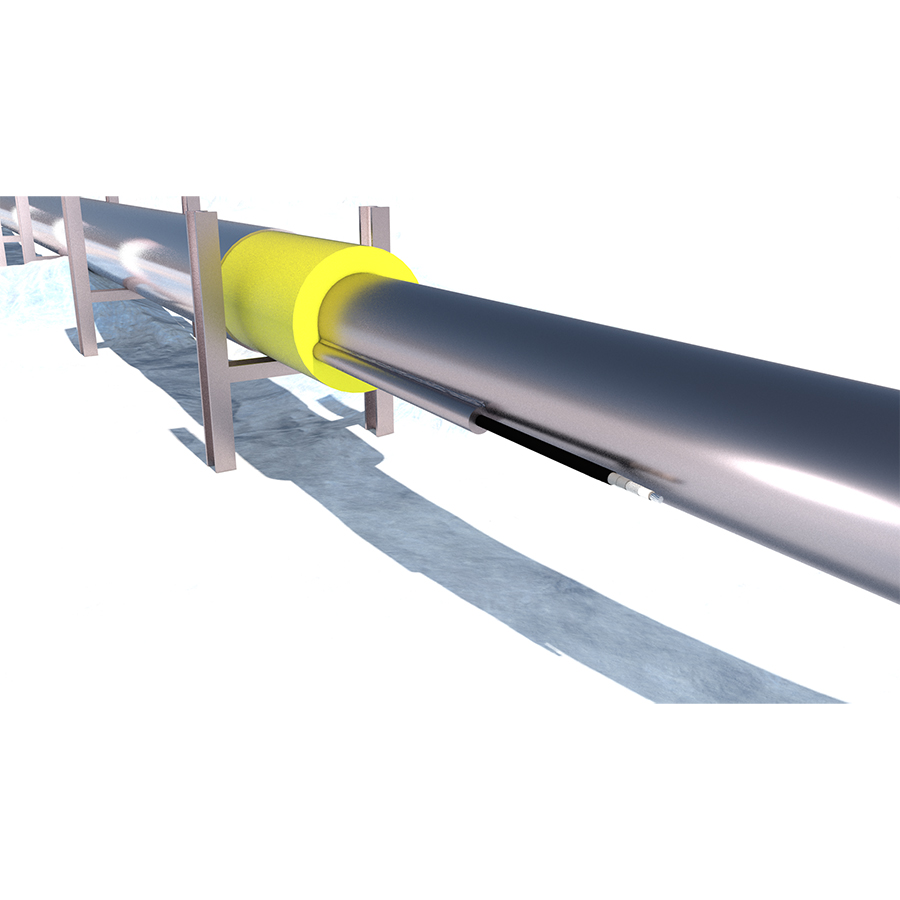
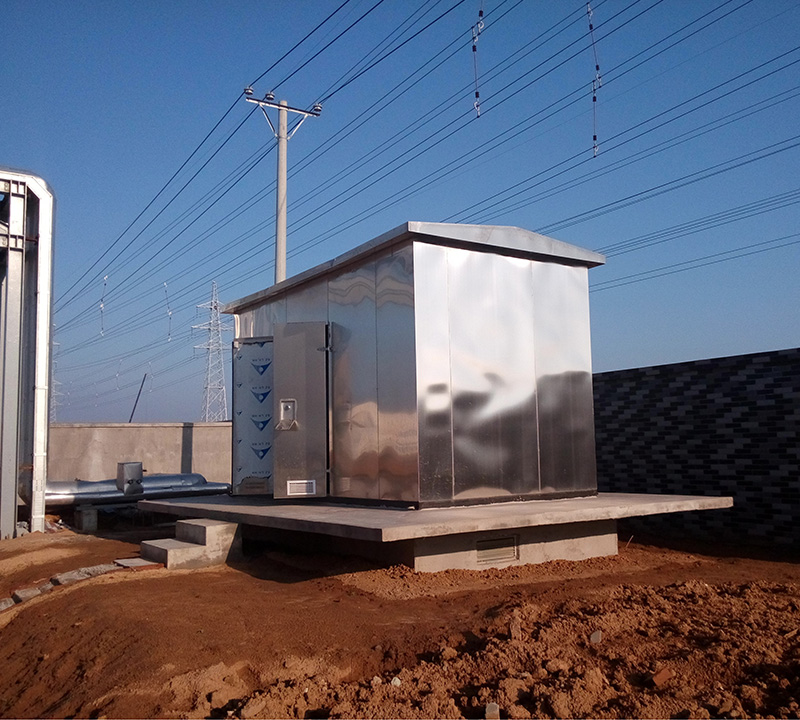
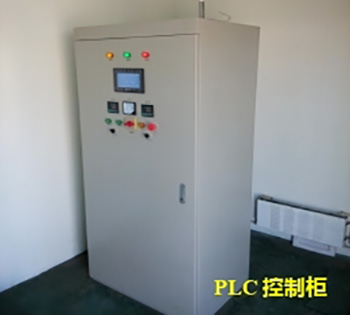
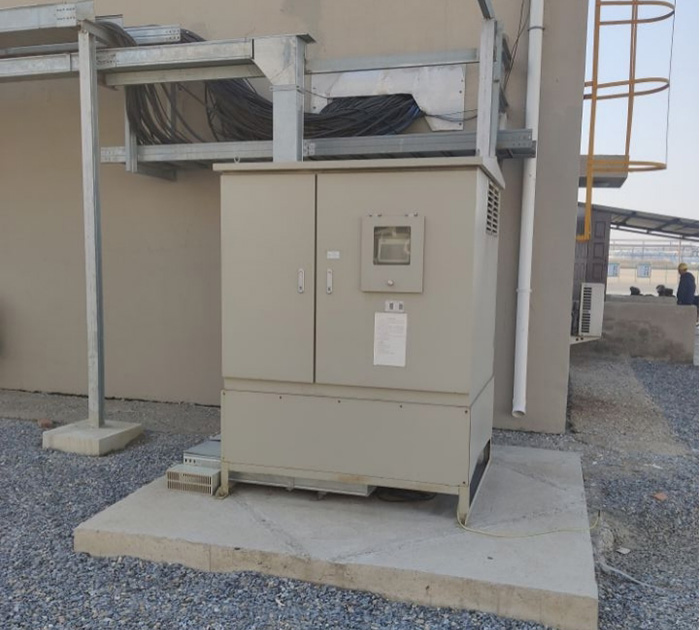
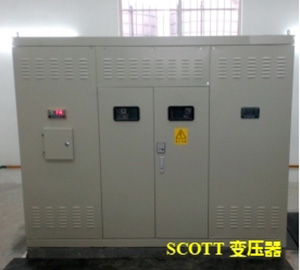

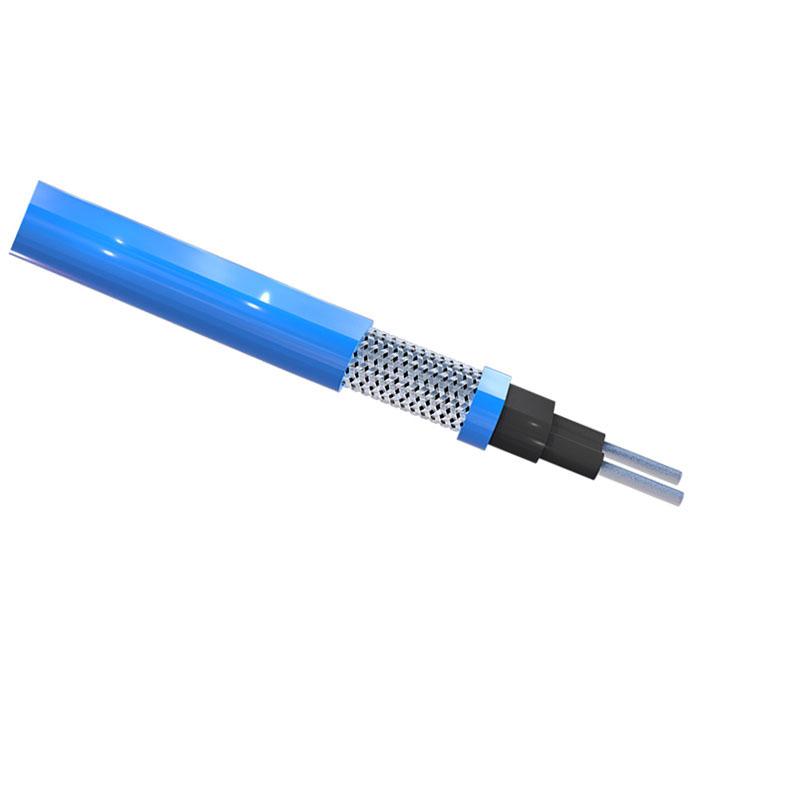
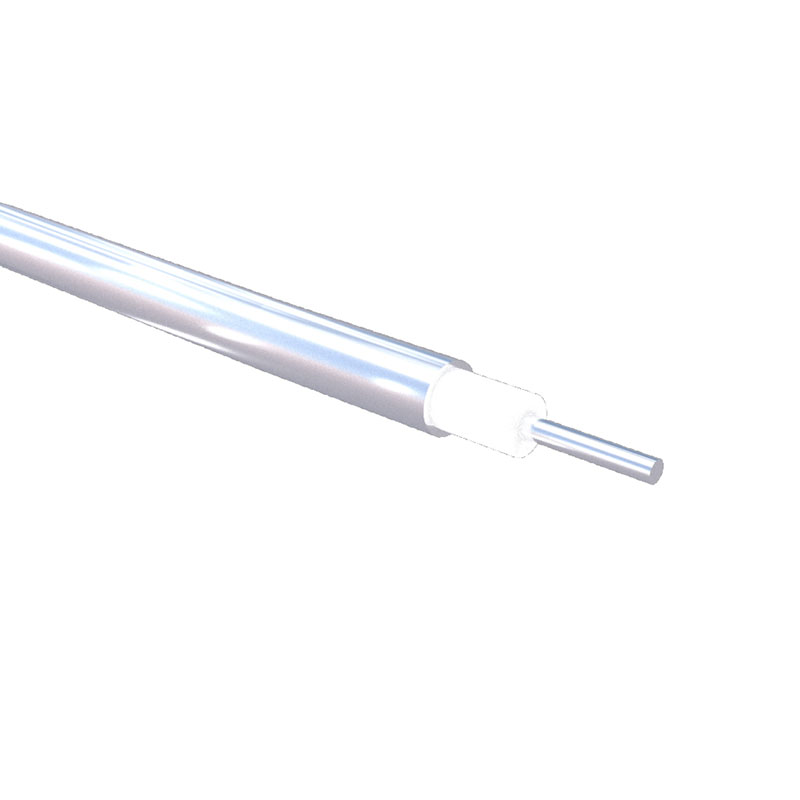
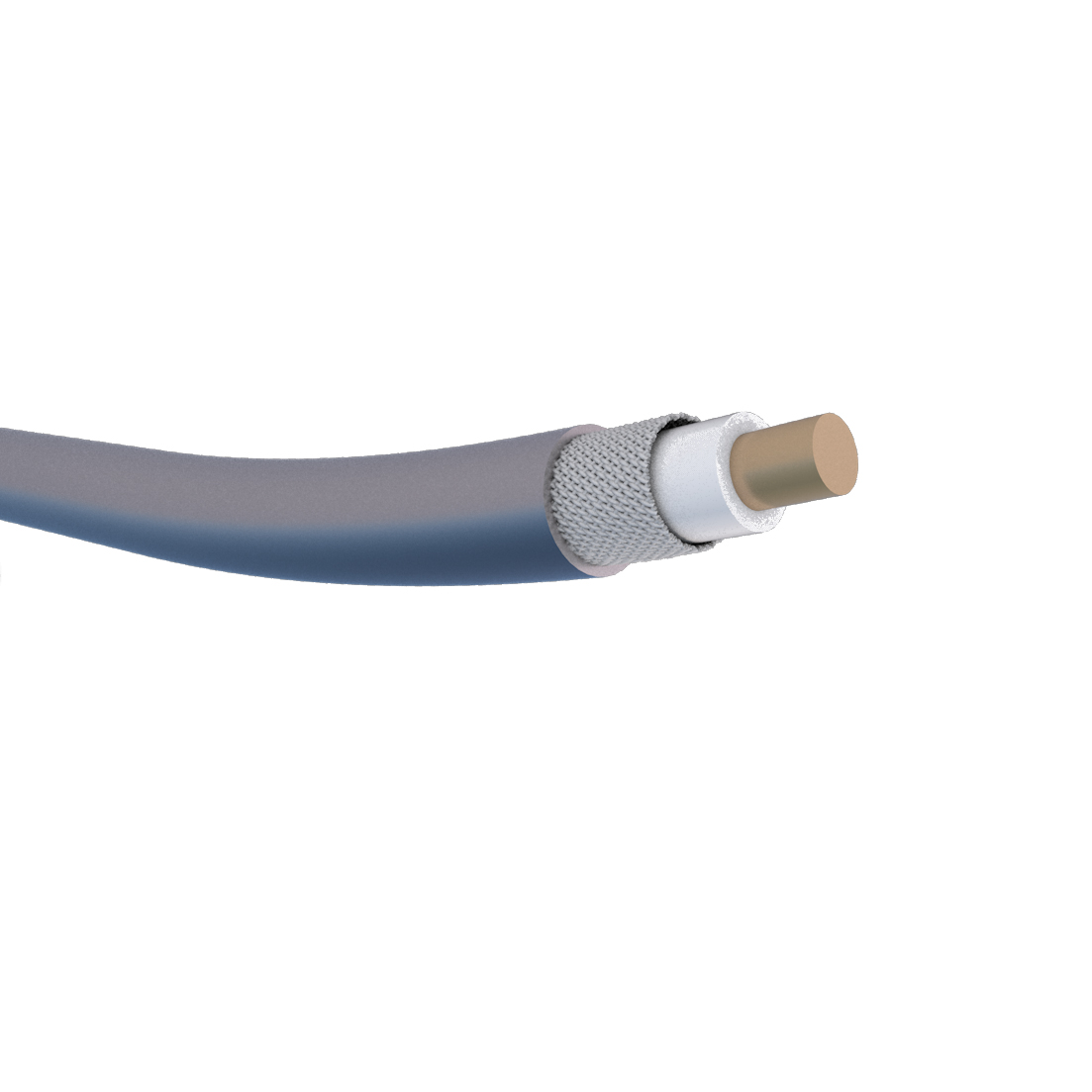
Welcome to send your message to us